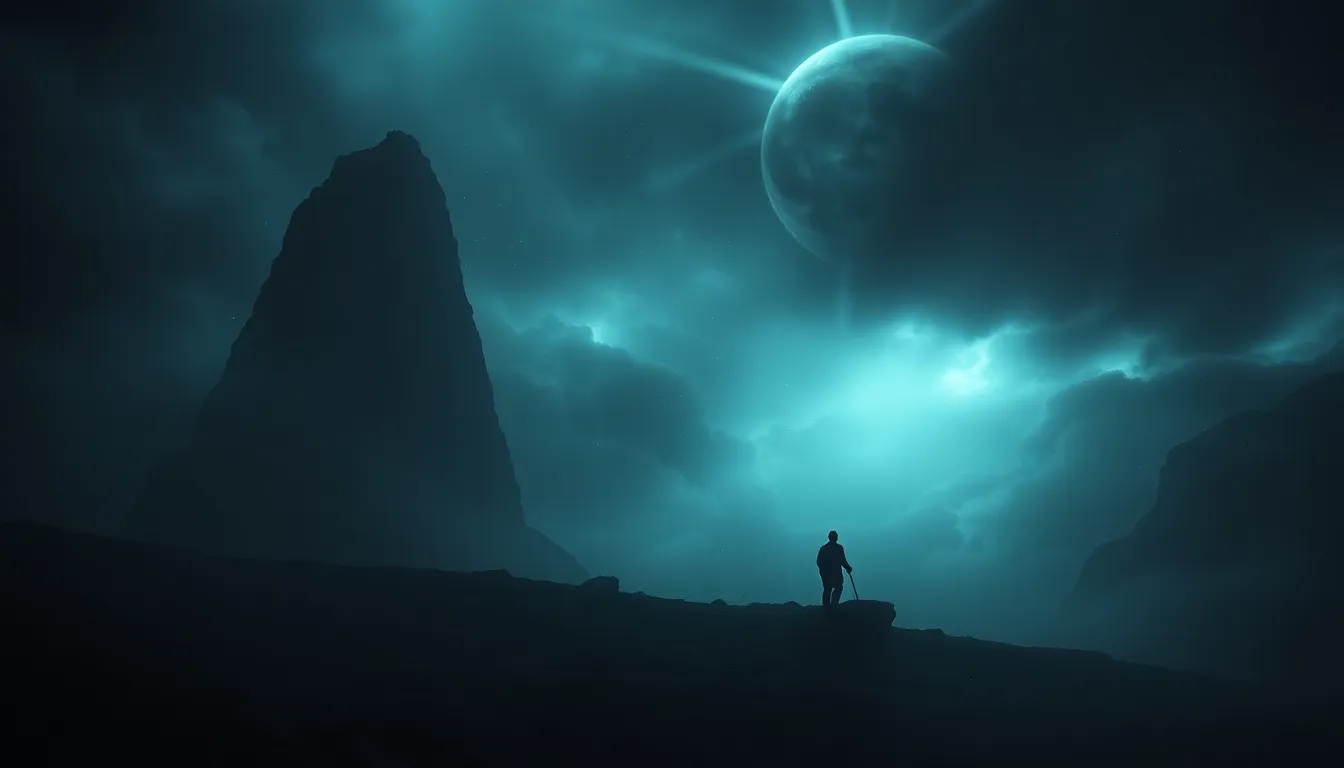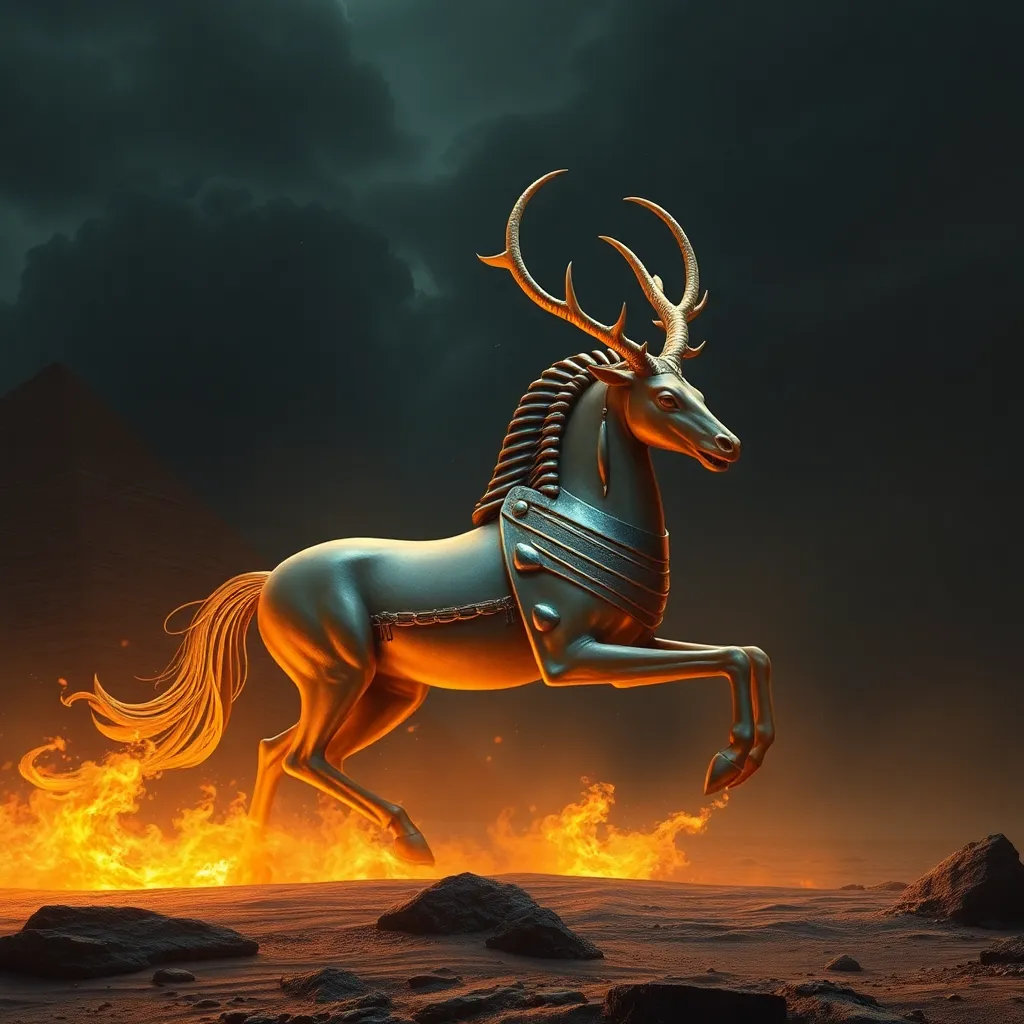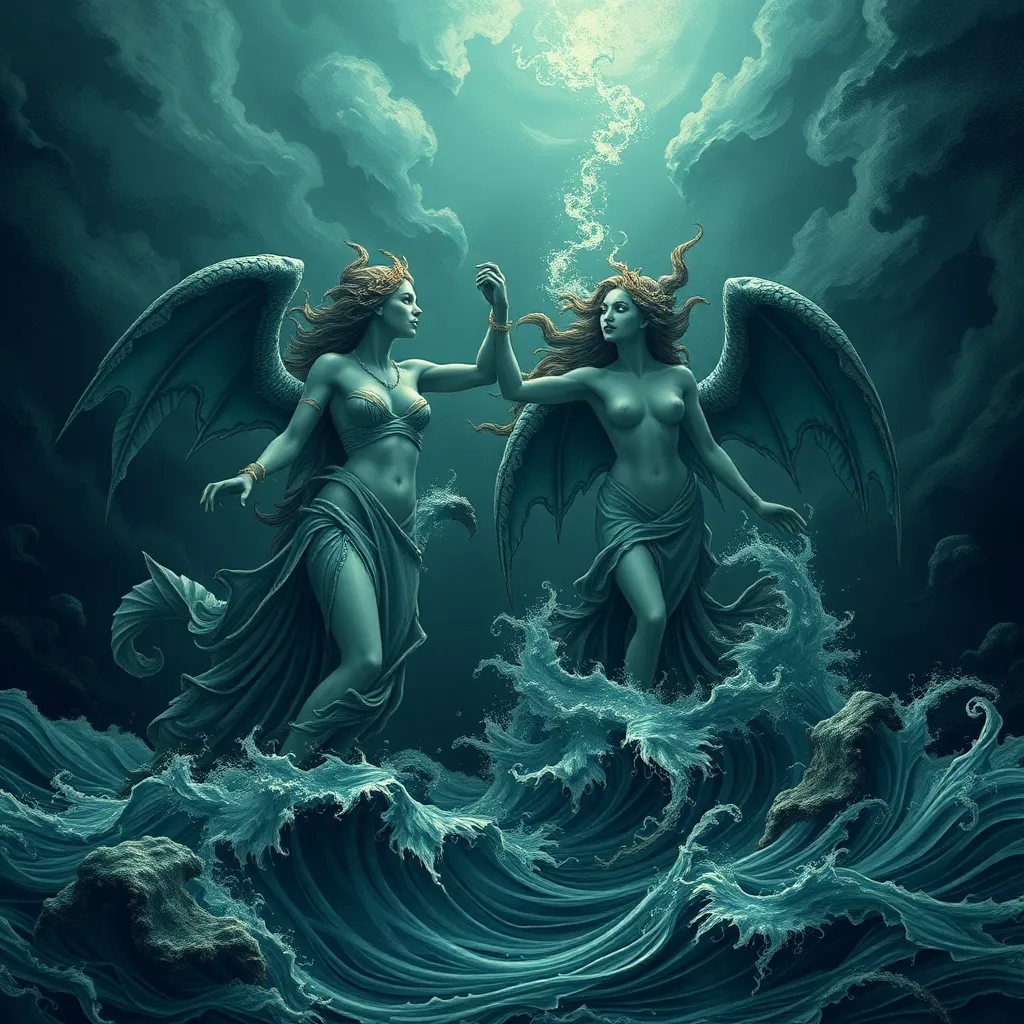The Celestial Voyage: Myths of Stars and Cosmic Journeys
I. Introduction to Celestial Myths
Celestial myths are narratives that revolve around the stars, planets, and other celestial bodies, weaving together human experiences, cultural beliefs, and the awe-inspiring nature of the universe. These myths have served as a means to explain natural phenomena, provide moral lessons, and foster a sense of connection between humanity and the cosmos. They play a crucial role in shaping human culture, influencing storytelling, art, and even scientific inquiry.
The importance of stars in human culture cannot be overstated. Throughout history, civilizations have looked to the night sky for guidance, inspiration, and meaning. Stars have been used for navigation, the marking of time, and as symbols of hope and destiny. This article will explore the various dimensions of celestial myths, tracing their evolution from ancient civilizations to contemporary interpretations.
II. The Role of Stars in Ancient Civilizations
In ancient times, the stars were not just distant lights in the sky; they were integral to the fabric of life. Different civilizations attributed various meanings and stories to the stars, reflecting their values and beliefs.
A. Mesopotamian Star Myths and Astrology
The ancient Mesopotamians were among the first to document star patterns and created one of the earliest forms of astrology. They believed that the positions of celestial bodies influenced human affairs and that each star had its own story. For example:
- Ishtar: The goddess of love and war, associated with the planet Venus, represented the dual nature of beauty and destruction.
- The Bull of Heaven: A prominent figure in the Epic of Gilgamesh, symbolizing power and the divine.
B. Egyptian Celestial Beliefs and the Afterlife
The ancient Egyptians viewed the stars as manifestations of their gods. They believed that the soul’s journey after death was influenced by celestial bodies, particularly the stars in the constellation Orion, which they associated with Osiris, the god of the afterlife. Their elaborate pyramids were aligned with the stars, reflecting their deep connection to the cosmos.
C. Greek Mythology and Constellations
The Greeks contributed significantly to celestial mythology, creating a rich tapestry of stories linked to the constellations. Figures such as Perseus, Hercules, and Orion were immortalized in the night sky through their corresponding constellations, each story filled with adventure, heroism, and tragedy.
III. Cosmic Journeys in Mythology
Mythical narratives often feature cosmic journeys, where heroes and deities traverse the heavens, encountering challenges and learning valuable lessons.
A. Heroes and Their Journeys Through the Cosmos
Many heroes in various mythologies embark on quests that take them beyond the earthly realm. For instance, in Greek mythology, Perseus travels to the edge of the sky to defeat the Gorgon Medusa, symbolizing the triumph of good over evil.
B. Deities Associated with the Stars and Their Travels
Deities often embody celestial phenomena, guiding the stars and influencing their movements. For example:
- Athena: The goddess of wisdom, associated with the constellation of the owl, symbolizing knowledge and foresight.
- Ra: The sun god in Egyptian mythology, whose daily journey across the sky represents the cycle of life and death.
C. Symbolism of Cosmic Voyages in Different Cultures
Across cultures, cosmic journeys symbolize exploration, discovery, and the pursuit of truth. They often serve as metaphors for personal growth and understanding one’s place in the universe.
IV. The Constellations: Stories Written in the Sky
The constellations are perhaps the most visible manifestation of celestial myths, serving as a canvas for human imagination.
A. Overview of Major Constellations and Their Myths
Some of the most recognized constellations include:
- Orion: Representing a hunter in Greek mythology, surrounded by tales of bravery.
- Ursa Major: The Great Bear, with various interpretations across cultures, symbolizing strength and protection.
B. The Significance of Star Patterns in Navigation and Storytelling
Stars have guided travelers for millennia. Ancient mariners used constellations to navigate the seas, while storytellers wove tales around these celestial patterns, enriching cultural heritage.
C. Cultural Variations of Star Groupings Around the World
Different cultures have their own interpretations of the same star patterns, showcasing the diversity of human thought. For instance, the Southern Cross holds significant meaning in many Southern Hemisphere cultures, while the Big Dipper is central to North American Native American storytelling.
V. The Influence of Celestial Bodies on Mythical Narratives
Celestial bodies often play pivotal roles in mythology, influencing narratives and character development.
A. The Sun and Moon: Duality in Mythology
The sun and moon are frequently depicted as powerful deities, representing duality. The sun is often associated with masculinity, vitality, and creation, while the moon embodies femininity, intuition, and mystery.
B. Planets as Deities and Their Roles in Myths
Planets like Mars, Venus, and Jupiter were personified in various mythologies as gods and goddesses, each with unique stories and attributes. For example:
- Venus: The Roman goddess of love, representing beauty and desire.
- Mars: The god of war, symbolizing aggression and valor.
C. Comets and Meteors: Omens and Divine Messages
Throughout history, comets and meteors have been perceived as omens. Many cultures view these celestial events as messages from the divine, signaling significant changes or events.
VI. The Intersection of Science and Myth
The relationship between mythology and astronomy is complex. Ancient myths laid the groundwork for early scientific inquiry, as humans sought to understand the cosmos.
A. How Ancient Myths Influenced Early Astronomy
Many ancient astronomers were also mythologists, using stories to explain celestial movements. The alignment of structures like Stonehenge reflects the intersection of astronomy and mythology.
B. The Shift from Mythological Explanations to Scientific Understanding
As scientific methods evolved, many mythological explanations were supplanted by empirical evidence. This shift marked the beginning of modern astronomy.
C. Modern Interpretations of Celestial Phenomena in Mythology
Today, some scientists and artists explore the connections between myth and science, creating a dialogue that honors both realms.
VII. Contemporary Relevance of Celestial Myths
In our modern world, there is a renewed interest in celestial myths, as people seek to reconnect with the universe.
A. Revival of Interest in Astronomy and Mythology
As space exploration advances, many are looking back at ancient myths to find meaning in our cosmic journey. Astronomy clubs and public lectures are witnessing a resurgence of interest in celestial wonders.
B. Artistic Expressions Inspired by Cosmic Journeys
Artists continually draw inspiration from celestial themes, producing works that reflect the beauty and mystery of the cosmos. This includes literature, visual arts, and music that explore the vastness of space.
C. The Impact of Storytelling on Our Understanding of the Universe
Storytelling remains a powerful tool for shaping our understanding of the universe, allowing us to explore complex scientific concepts through accessible narratives.
VIII. Cross-Cultural Comparisons of Celestial Myths
Celestial myths are a universal phenomenon, with similarities and differences across cultures highlighting the human experience.
A. Similarities and Differences in Star Myths Across Cultures
While many cultures have similar star myths, the interpretations and meanings can vary widely. For example, the story of the Great Flood appears in numerous cultures, each with its own unique twist.
B. The Universal Themes of Exploration and Curiosity
At the heart of celestial myths is a shared human desire to explore the unknown. This theme is prevalent in stories from diverse cultures, reflecting a common quest for knowledge.
C. Examples of Convergence in Mythological Narratives
Stories of heroes overcoming cosmic challenges appear in various cultures, showcasing the convergence of human experience, such as the tale of a hero battling a serpent in both Norse and Mesoamerican myths.
IX. The Future of Celestial Storytelling
As we



